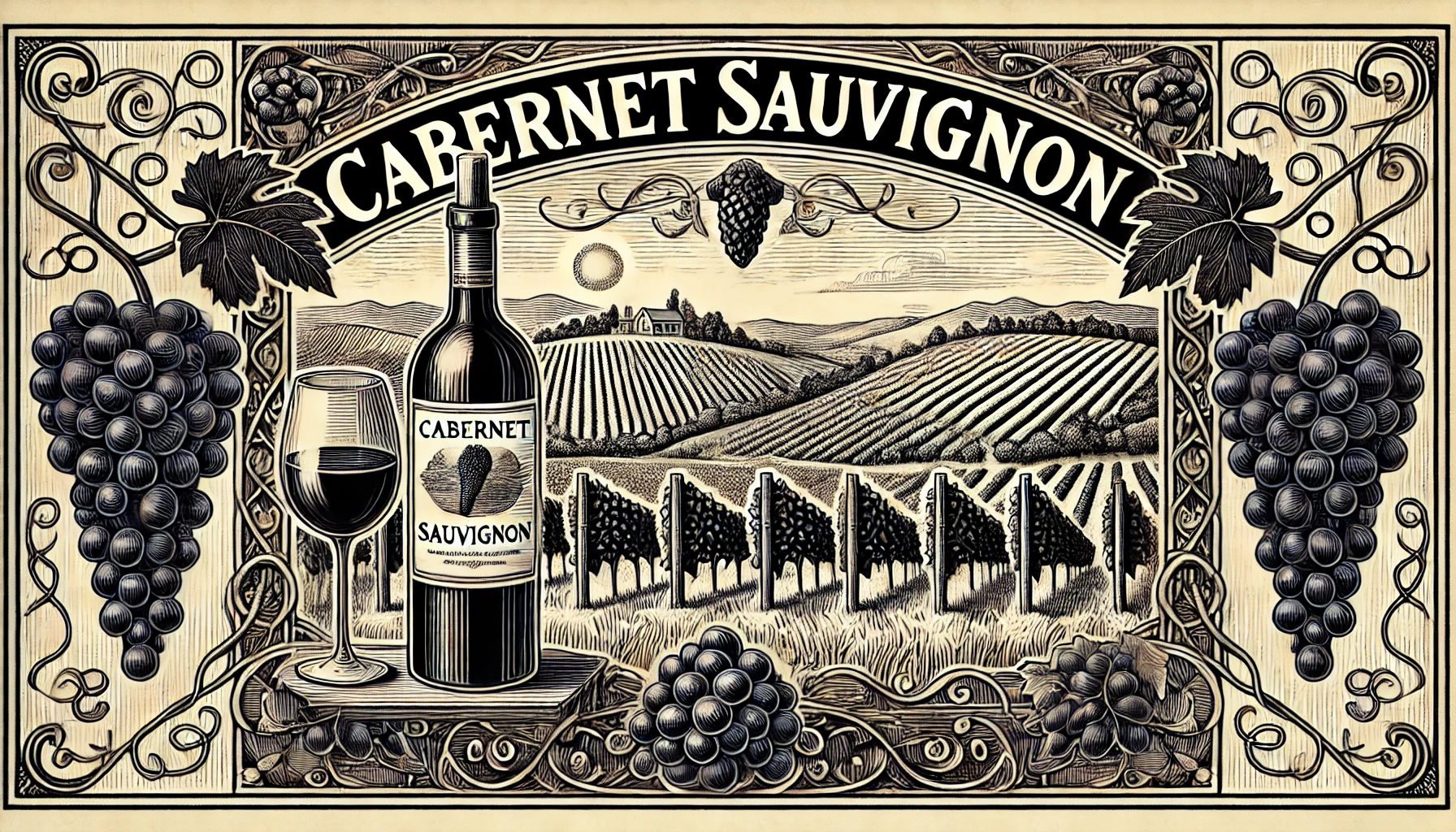
Cabernet Sauvignon is one of the most popular and widely planted red wine grape varieties in the world. Originating from the Bordeaux region in France, it resulted from a natural cross between Cabernet Franc and Sauvignon Blanc. This grape is known for producing full-bodied wines with bold flavors and firm tannins, making it a favorite among red wine lovers.
The grapes have thick skins, which contribute to their rich tannin structure. The wines often showcase flavors of black currant, blackberry, and dark cherry, along with notes of green pepper, cedar, and mint. With age, these wines can develop complex aromas of leather, tobacco, and earthy undertones. The oak aging process commonly used for Cabernet Sauvignon can add layers of vanilla, smoke, and spice.
The variety grows well in many regions, including France’s Bordeaux, California’s Napa Valley, and Australia’s Coonawarra. Each region brings out unique characteristics in the grape. For example, Bordeaux blends often combine Cabernet Sauvignon with Merlot and Cabernet Franc for balance and complexity. In Napa Valley, it often shines as a single-varietal wine, offering intense fruit flavors and structure.
Cabernet Sauvignon’s high tannin content and acidity give it excellent aging potential. Many of the best examples can improve over decades, evolving in flavor and texture. This structure also makes it a great companion for hearty dishes like steak, lamb, and aged cheeses. Its versatility and depth have made Cabernet Sauvignon a benchmark for red wines worldwide, admired by both wine enthusiasts and casual drinkers.
Curious about more wine terms and insights? Visit our Wine Wiki section and explore the basic wine terms for expert definitions and tips!